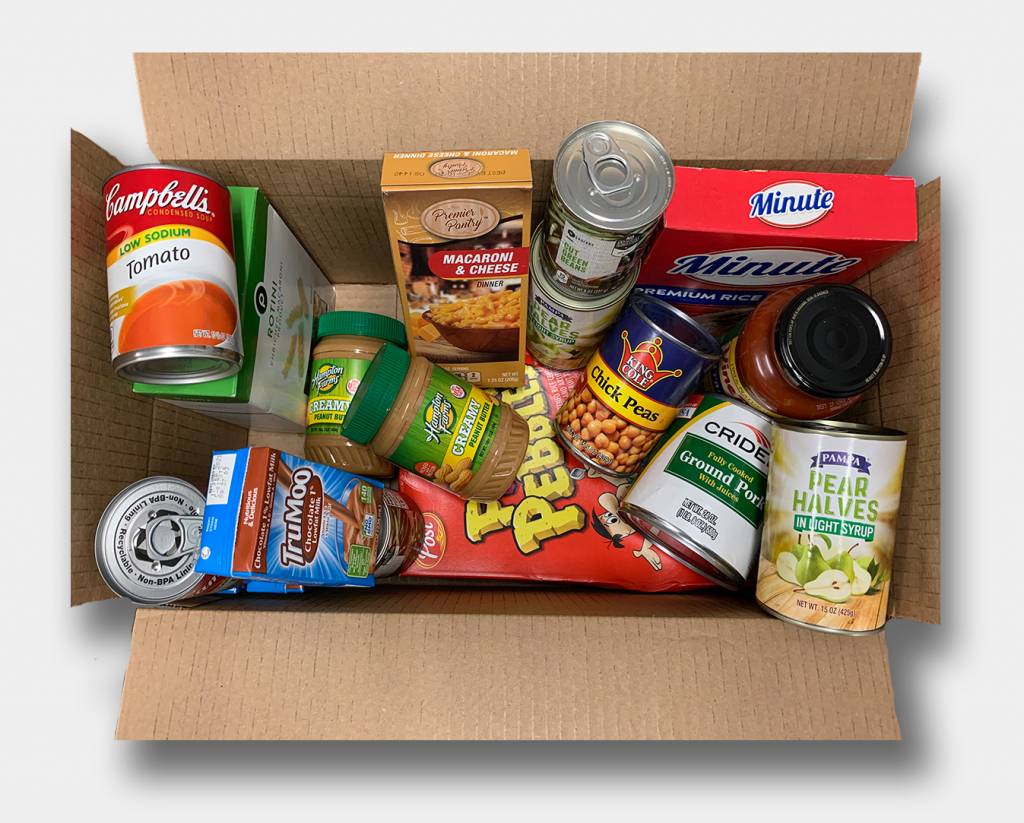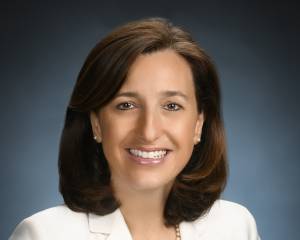In return, let us support food banks!
By Rebecca Barnes, PHP Coordinator

Food kits are being given to families for supplemental nutrition by food banks such as Harry Chapin in southwest Florida
Food is a basic necessity of survival. While in “normal” times food insecurity is a gross problem in the United States, we are now seeing huge surges in the numbers of people waiting in long lines at food distribution sites as COVID-19 exacerbates hunger, poverty, unemployment, and inequality.
Food distribution and access in the United States currently relies on a system of over 200 networked food banks that provide amazing resource to their communities. While SNAP benefits allow people to choose their own groceries, current SNAP benefits aren’t enough to meet the hunger in our nation—and they’re slated to be cut even further. And, with COVID-19, the population needing emergency benefits will grow.
While not able to provide the same kind of support as fuller SNAP benefits could, it is a vital necessity right now that people have access to food resources through their food bank. Food banks stand in the gap, providing groceries and goods that people cannot do without, sometimes directly and often through more localized food pantries at churches, schools and other non-profits.
The national hunger relief organization Feeding America supplies these food banks as well as brokering relationships with national food retailers on behalf of their membership food banks. Feeding America also leverages relationships with national food producers and philanthropic opportunities.
Barbara Evans, Chief Development Officer at Harry Chapin Food Bank of Southwest Florida, explains that every food bank is different and each one has its own way of operating. At Harry Chapin, they are able to turn every $1 donated into the equivalent of $8 worth of food. Last year they raised $6 million and were able to push out nearly $43 million dollars worth of food into their community.
This reality illuminates that while food donations are welcome at food banks, financial contributions really add more value. Food banks are able to rescue food and buy food at discounted rates. With financial contributions, food banks themselves are able to choose food products that are needed.
Meanwhile, food banks often, like Harry Chapin, supplement the food received by schoolchildren through the free and reduced food programs at local schools. During this coronavirus, Harry Chapin is supplementing children’s meals and building shelf-stable food kits that last families 4-5 days for a family of 4.
Church members can address hunger and poverty in their community right now by donating to their food bank, giving volunteer time if they are healthy and able, and being mindful that we are called to share and not to hoard products. By refusing to hoard, stores could have more ability themselves to donate to food banks.
If you are able to give, the sooner the better. Because of the lead time needed to rescue food, to organize food kits, and to plan financially and logistically for weeks down the road—and with the sure knowledge that every few weeks will bring more people in need of food—now is a great time to give to your local food bank.
To read more:
https://www.nytimes.com/2020/04/08/business/economy/coronavirus-food-banks.html
The work of the Presbyterian Hunger Program is possible thanks to your gifts to One Great Hour of Sharing.
